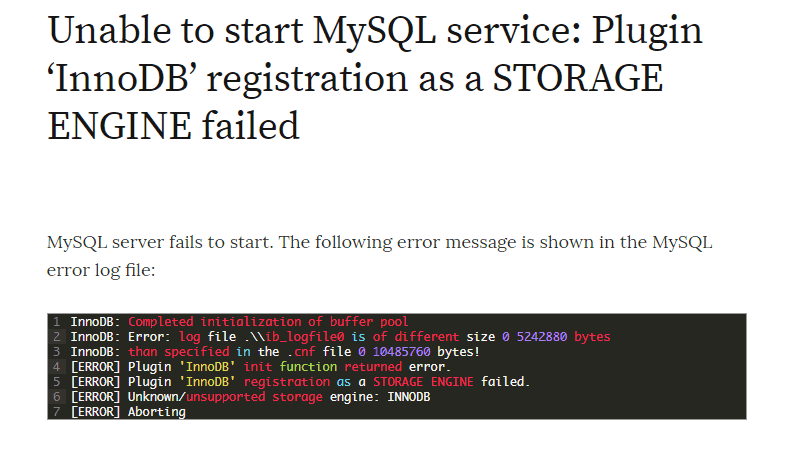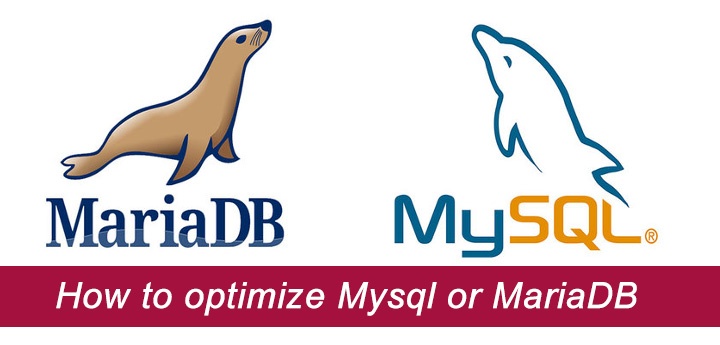In this post, we are going to review how we can assign Static IP Address, Static Route, Default Gateway etc. Assigning IP Address on demand using IP command. IFCONFIG command is deprecated and replaced by IP command in Linux. However, IFCONFIG command is still works and available for most of the Linux distributions.
Don’t Miss: ifconfig vs ip: What’s Difference and Comparing Commands

10 IP Command Examples
Note: Please take configuration file backup before doing any changes.
How do i Configure Static IP Address Internet Protocol (IPv4)
To configure static IP Address, you need to update or edit network configuration file to assign an Static IP Address to a system. You must be superuser with su (switch user) command from terminal or command prompt.
For RHEL/CentOS/Fedora
Open and edit network configuration file for (eth0 or eth1) using your favorite editor. For example, to assigning IP Address to eth0 interface as follows.
[[email protected] ~]# vi /etc/sysconfig/network-scripts/ifcfg-eth0
Simple output:
DEVICE="eth0" BOOTPROTO=static ONBOOT=yes TYPE="Ethernet" IPADDR=192.168.50.2 NAME="System eth0" HWADDR=00:0C:29:28:FD:4C GATEWAY=192.168.50.1
For Ubuntu/Debian/Linux Mint
Assign Static IP Address to eth0 interface editing configuration file /etc/network/interfaces to make permanent changes as shown below.
auto eth0 iface eth0 inet static address 192.168.50.2 netmask 255.255.255.0 gateway 192.168.50.1
Next, restart network services after entering all the details using the following command.
# /etc/init.d/networking restart
$ sudo /etc/init.d/networking restart
1. How to Assign a IP Address to Specific Interface
The following command used to assign IP Address to a specific interface (eth1) on the fly.
# ip addr add 192.168.50.5 dev eth1
$ sudo ip addr add 192.168.50.5 dev eth1
Note: Unfortunately all these settings will be lost after a system restart.
2. How to Check an IP Address
To get the depth information of your network interfaces like IP Address, MAC Address information, use the following command as shown below.
# ip addr show
$ sudo ip addr show
Sample Output
1: lo: <LOOPBACK,UP,LOWER_UP> mtu 16436 qdisc noqueue state UNKNOWN
link/loopback 00:00:00:00:00:00 brd 00:00:00:00:00:00
inet 127.0.0.1/8 scope host lo
inet6 ::1/128 scope host
valid_lft forever preferred_lft forever
2: eth0: <BROADCAST,MULTICAST,UP,LOWER_UP> mtu 1500 qdisc pfifo_fast state UNKNOWN qlen 1000
link/ether 00:0c:29:28:fd:4c brd ff:ff:ff:ff:ff:ff
inet 192.168.50.2/24 brd 192.168.50.255 scope global eth0
inet6 fe80::20c:29ff:fe28:fd4c/64 scope link
valid_lft forever preferred_lft forever
3: eth1: <BROADCAST,MULTICAST,UP,LOWER_UP> mtu 1500 qdisc pfifo_fast state UNKNOWN qlen 1000
link/ether 00:0c:29:28:fd:56 brd ff:ff:ff:ff:ff:ff
inet 192.168.50.5/24 scope global eth1
inet6 fe80::20c:29ff:fe28:fd56/64 scope link
valid_lft forever preferred_lft forever
3. How to Remove an IP Address
The following command will remove an assigned IP address from the given interface (eth1).
# ip addr del 192.168.50.5/24 dev eth1
$ sudo ip addr del 192.168.50.5/24 dev eth1
4. How to Enable Network Interface
The “up” flag with interface name (eth1) enables a network interface. For example, the following command will activates the eth1 network interface.
# ip link set eth1 up
$ sudo ip link set eth1 up
5. How to Disable Network Interface
The “down” flag with interface name (eth1) disables a network interface. For example, the following command will De-activates the eth1 network interface.
# ip link set eth1 down
$ sudo ip link set eth1 down
6. How do I Check Route Table?
Type the following command to check the routing table information of system.
# ip route show
$ sudo ip route show
Sample Output
10.10.20.0/24 via 192.168.50.100 dev eth0 192.168.160.0/24 dev eth1 proto kernel scope link src 192.168.160.130 metric 1 192.168.50.0/24 dev eth0 proto kernel scope link src 192.168.50.2 169.254.0.0/16 dev eth0 scope link metric 1002 default via 192.168.50.1 dev eth0 proto static
7. How do I Add Static Route
Why you need to add Static routes or Manual routes, because that the traffic must not pass through the default gateway. We need to add Static routes to pass traffic from best way to reach the destination.
# ip route add 10.10.20.0/24 via 192.168.50.100 dev eth0
$ sudo ip route add 10.10.20.0/24 via 192.168.50.100 dev eth0
8. How to Remove Static Route
To remove assigned static route, simply type the following command.
# ip route del 10.10.20.0/24
$ sudo ip route del 10.10.20.0/24
9. How do I Add Persistence Static Routes
All the above route will be lost after a system restart. To add permanent Static route, edit file /etc/sysconfig/network-scripts/route-eth0 (We are storing static route for (eth0) and add the following lines and save and exist. By default route-eth0 file will not be there, need to be created.
For RHEL/CentOS/Fedora
# vi /etc/sysconfig/network-scripts/route-eth0 10.10.20.0/24 via 192.168.50.100 dev eth0
For Ubuntu/Debian/Linux Mint
Open the file /etc/network/interfaces and at the end add the persistence Static routes. IP Addresses may differ in your environment.
$ sudo vi /etc/network/interfaces
auto eth0
iface eth0 inet static
address 192.168.50.2
netmask 255.255.255.0
gateway 192.168.50.100
#########{Static Route}###########
up ip route add 10.10.20.0/24 via 192.168.50.100 dev eth0
Next, restart network services after entering all the details using the following command.
# /etc/init.d/network restart
$ sudo /etc/init.d/network restart
10. How do I Add Default Gateway
Default gateway can be specified globally or for in interface-specific config file. Advantage of default gateway is If we have more than one NIC is present in the system. You can add default gateway on the fly as shown below command.
# ip route add default via 192.168.50.100
$ sudo ip route add default via 192.168.50.100
Kindly correct me if i missed out. Please refer manual page doing man ip from terminal/command prompt to know more about IP Command.
Source: tecmint.com





